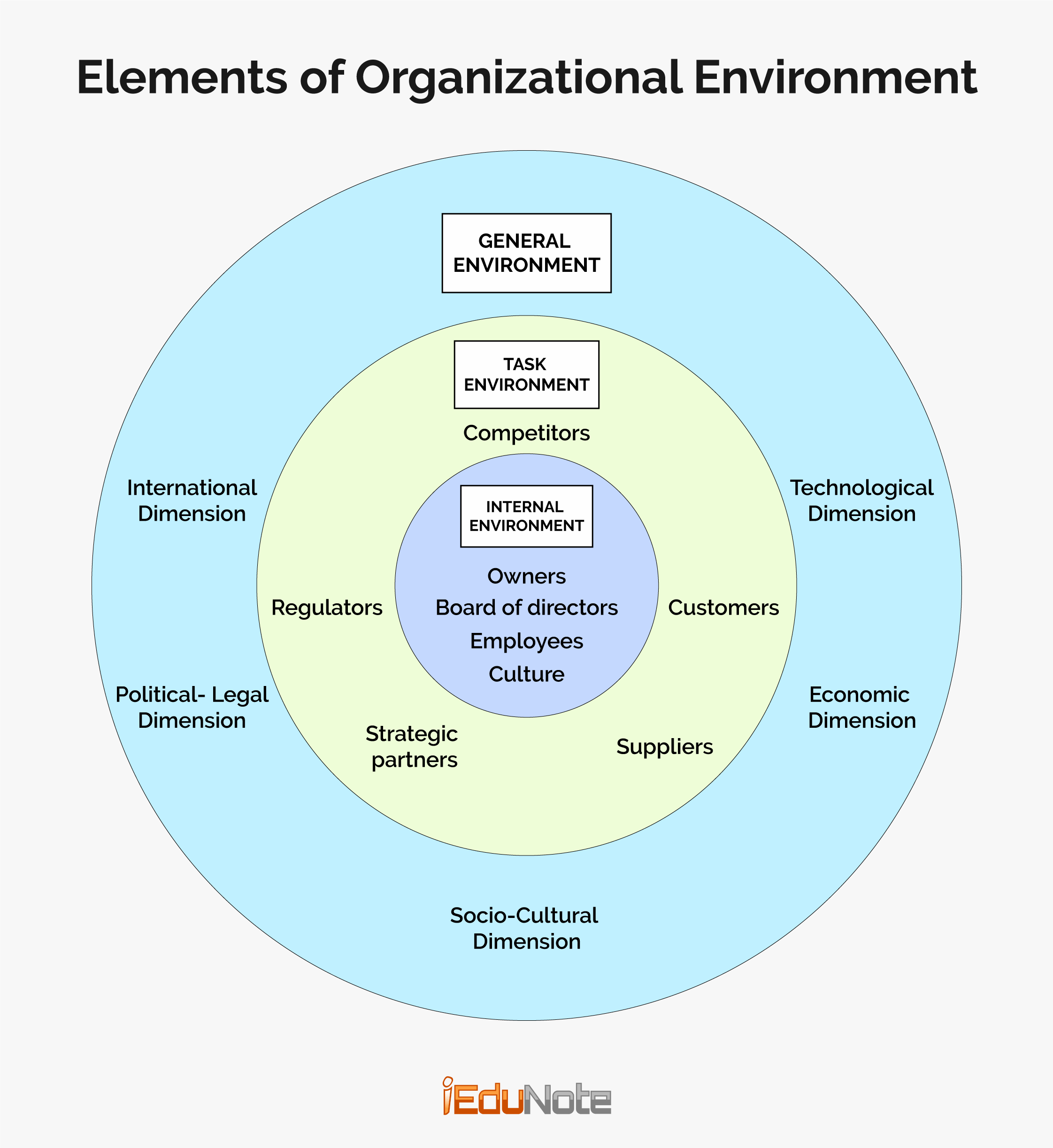Strategic alliances are cooperative agreements between two or more firms to help each other in business activities for mutual benefits.
Strategic alliances are cooperative agreements between two or more firms to help each other in business activities for mutual benefits.
The strategic allies (i.e., partner firms) do not have formal ownership ties. They rather work cooperatively under an agreement. Strategic alliances are formed by companies to achieve win-win outcomes (none of the parties lose; rather, all gain).
Strategic alliances create a good ground for the allies to perform joint research, share technology, and improve products.
They cooperate on technological development, in sharing R&D information, in developing new products that complement each other in the marketplace and in building networks of dealers and distributors to handle their respective products.
Examples of strategic alliances include HP and Intel, Microsoft, AT&T, and UPS; Merck and J&J; IBM and Dell; Pfizer and Warner-Lambert.
Strategic alliances are also known as strategic partnerships. A Strategic Alliance is a collaborative arrangement between two or more companies. It does not entail forming a new organizational entity. The partners in Strategic alliances have no formal ownership ties like a joint venture.
The success of strategic alliances mostly depends on effective cooperation among the partners and successful adaptation to change.
The collaborative arrangement must result in win-win outcomes for all partners to ensure ultimate success. Japan’s Toyota has developed a network of alliances with its suppliers of parts and components.
In the USA, General Electric Company has formed over 100, IBM over 400, and Oracle over 15000 Strategic alliances.
On average, every large company in the USA has involved in around 30 alliances. The giants in mobile phone technology such as Nokia, Motorola, and Erickson have developed strategic alliances to maintain global market leadership.
What is the Strategic Alliance?
Strategic alliances are possible between two organizations and can be between organizations belonging to the same industry, different but allied industries, or different industries.
According to Thompson and Strickland, “In recent years, strategic partnerships/alliances have replaced joint ventures as the favored mechanism for joining forces to pursue strategically important diversification opportunities because hey can more readily accommodate multiple partners; then a formal joint venture.
According to Yoshino and Rangan (1995), the characteristic features of an alliance are:
- Two or more organizations unite to pursue a set of agreed-upon goals but remain independent after the alliance.
- The partnering firms share the benefit of the alliance and control over the performance of the assigned tasks.
- The partners contribute on an ongoing basis in some of the other key areas, such as technology product development.
Also known as a strategic partnership, a strategic alliance is a collaborative arrangement between two or more organizations.
It is a nonequity cooperation agreement between two or more firms for; promoting their joint competitive advantage.
A strategic alliance is formed to help each other in organizational or business functions for mutual benefits. It does not entail forming a new organizational entity.
The partners in strategic alliances have no formal ownership ties like a joint venture. The partners rather work cooperatively under an agreement. The collaborative arrangement must result in win-win outcomes for all partners to ensure ultimate success.
None of the parties lose; rather, all gain.
Strategic alliances create a good ground for the allies to perform joint research, share technology, and improve products.
They cooperate on technological development, in sharing R&D information, in developing new products that ‘Complement each other in the marketplace and in building networks of dealers and distributors to handle their respective products.
Examples of strategic alliances include HP and Intel, Microsoft, AT&T, and UPS; Merck and J&J; IBM and Dell; Pfizer and Warner-Lambert.
Japan’s Toyota has developed a network of over 34,000 alliances with its suppliers of parts and components. In the USA, General Electric Company has formed over 100, IBM over 400, and Oracle over 15000 Strategic alliances.
On average, every large company in the USA has involved in around 30 alliances. The giants in mobile phone technology such as Nokia, Motorola, and Ericsson have developed strategic alliances to maintain global market leadership.
Why Do Organizations Use Strategic Alliance Strategy?
Firms enter into strategic alliances for many reasons. They can achieve various benefits if they do cooperate within the national boundary or outside the national boundary.
The major reasons for strategic alliances, within a country and outside the country are as follows:
Within National Boundary organizations use strategic alliance:
- To avoid a more costly process of building its capabilities by a company to access new opportunities.
- To substantially improve competitiveness.
- To collaborate on technology or development of a new product.
- To overcome deficits in their technical and manufacturing expertise.
- To acquire new competencies altogether.
- To improve supply chain efficiency.
- To gain economies of scale in production and distribution.
- To improve market access through joint marketing agreements.
- To open up expanded opportunities in the industry through collaboration with partners.
Organizations Use Strategic Alliance in the International Markets;
- To build a market presence in the foreign markets.
- To capitalize on the technological and information age revolution through collaborative partnerships with other sound companies.
- To assemble more diverse skills, resources, technological expertise, and competitive capabilities than a company can assemble alone.
- To gain access to technology and expertise cost-effectively.
- To bundle competencies and resources across the counties that are more valuable in a joint effort than when dept separate.
- To acquire valuable resources or capabilities through alliances that a company could not otherwise obtain on its own.
- To gain ‘inside knowledge’ about unfamiliar markets and cultures in foreign countries.
- To access valuable skills (such as manufacturing skills, fashion design skills, software design skills) that are concentrated in particular countries (e g., Italy is famous for fashion design, competencies and Japan has ah excellent reputation for efficient manufacturing skills).
Why Do Strategic Alliances Sometimes Fail?
A study in the USA revealed that about two-thirds of the strategic alliances were not successful.
The major reasons for unstable alliances are as follows;
- The inability of the partners to work together.
- Failure or delay in responding and adapting to changes in the internal and external environment.
- Lack of willingness on the part of the partners to renegotiate the terms and conditions of alliances.
- Failure of the partners to value the skills and resources each partner brings to the alliances.
- Partners’ failure or unwillingness to negotiate further if circumstances so require.
- The rivalry between partners in the marketplace.
- The inability of the partners to ensure win-win outcomes from the cooperative agreements.
Conclusion
Strategic alliances will sustain if the partners become a serious ongoing commitment, mutual learning, and close collaboration continuingly.
Also, high dependence on the alliance for essential skills and capabilities may prove fatal for a company. Each company must develop its own-expertise for attaining market leadership. Alliance management is difficult.
Fuzzy outcomes, ego, and cultural clashes, unclear definition, and perception of the alliance relationship are the reasons for alliances going sour. If managed well, alliances can lead to the creation of competitive advantage, risk mitigation, and blocking of competitive threat.
In a joint venture, takeover and acquisition of the organization do not retain its identity. If the organization wants to retain its identity yet have a partnership, then the strategic alliance is the way out.

